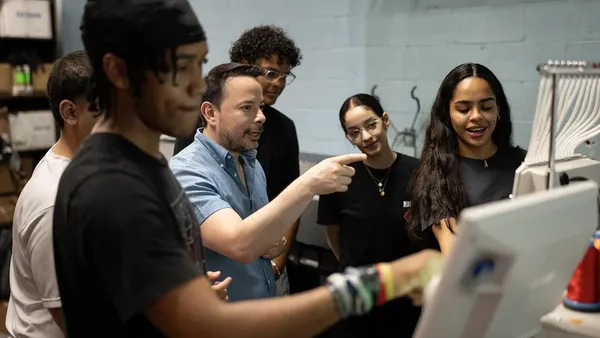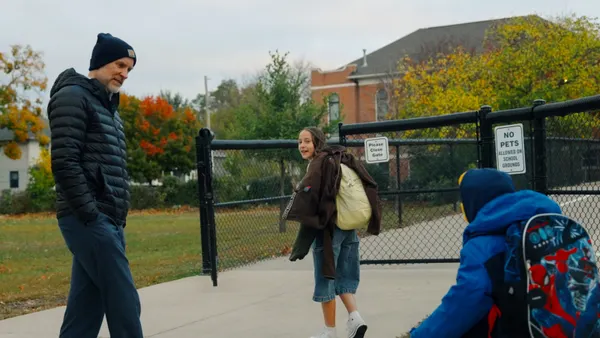Dive Brief:
- Michael Siraguse focuses on local politics, including the recent midterm elections, in his Advanced Placement Government class at John Handey High School in Winchester, Virginia, as a way to engage students beyond the national political landscape, writes Education Week.
- Students read local news stories, and also take a quiz to show them where they fall in terms of political viewpoints. He also holds class discussions so students can share their opinions and take on different issues.
- The class spends time examining how candidates get their own messages across, looking at political ads on social media, as well as the money raised to pushed these out to voters.
Dive Insight:
In a political environment as heavily charged as the one the U.S. is experiencing today, it can be difficult for educators to weave in political topics without feeling they are lighting kindling. Another option for teachers, administrators and curriculum designers, is to take a page from debate programs, which force students to examine — and be prepared to make — both sides of an argument.
Debate is a course that not only enriches curriculum, but also helps students “…develop skills in research, critical thinking, organization, persuasion and communication,” wrote debate coach Mellessa Denny from Amarillo High School in Texas, and the past president of the Texas Speech Communication Association, for the National Federation of State High School Associations.
Debate can also help students learn to view a topic without personalizing the issue, and instead develop respect for another point of view. Choosing debate winners who show “the most respect,” is an activity actually encouraged by the Anchorage School District in Alaska, to help students develop their social and emotional learning skills.
Bringing debate tools into political discussions cab help students have more thoughtful, even-handed conversations, rising above the emotional turmoil — and perhaps even today’s political banter.










